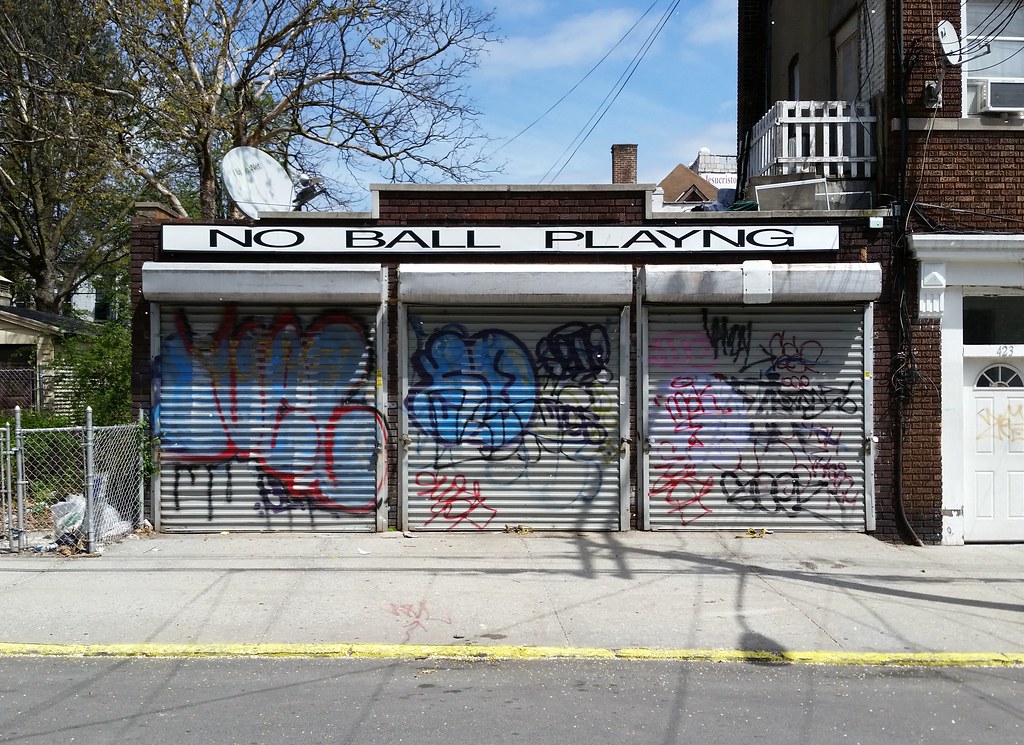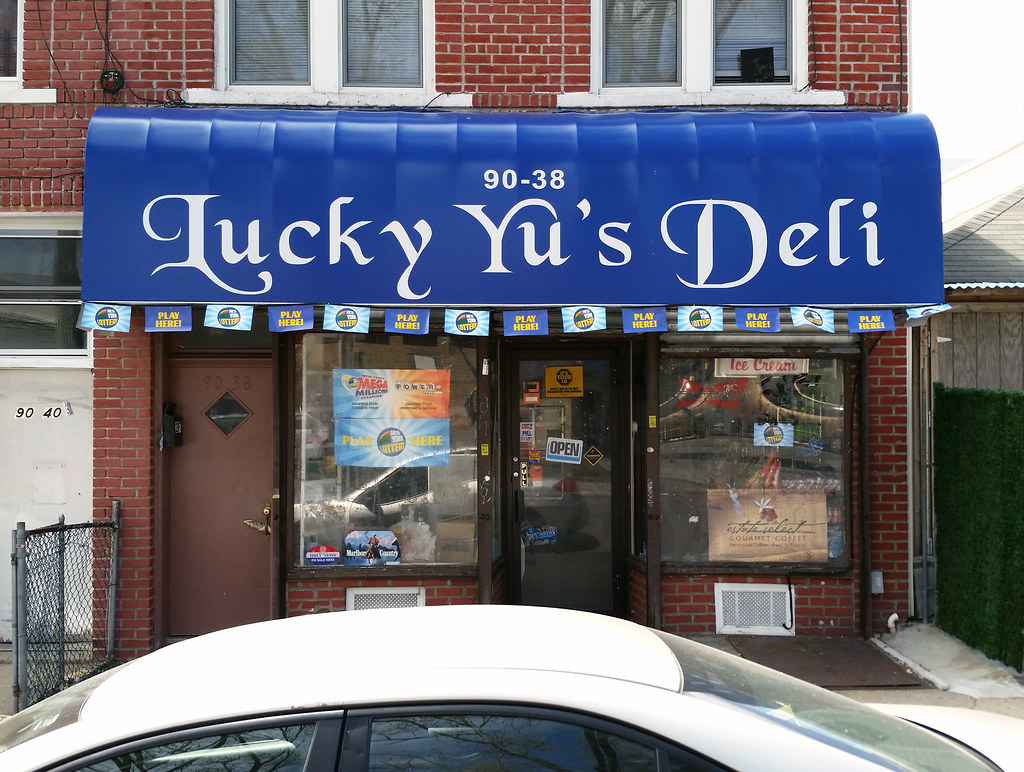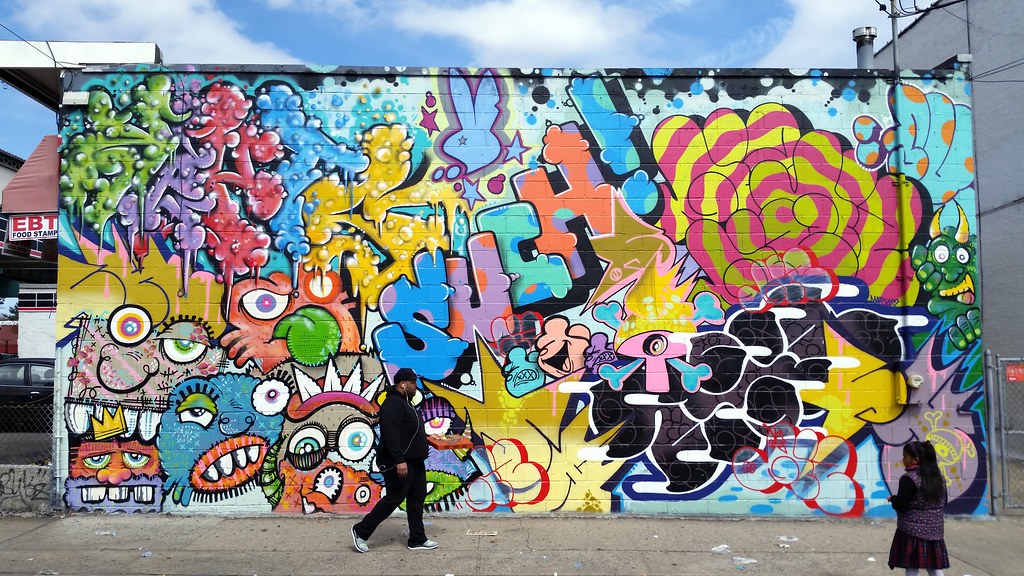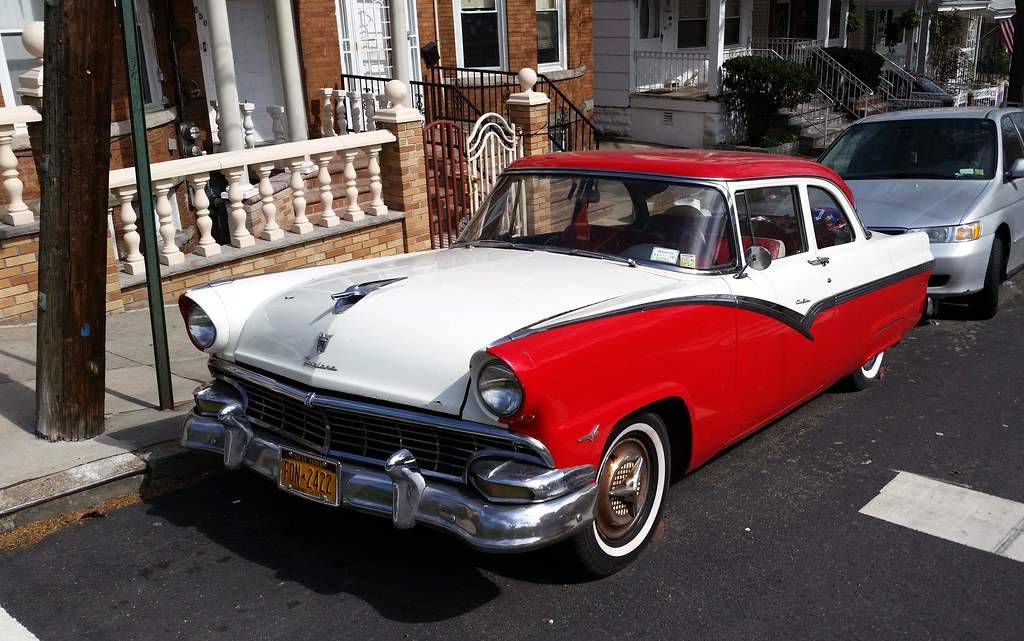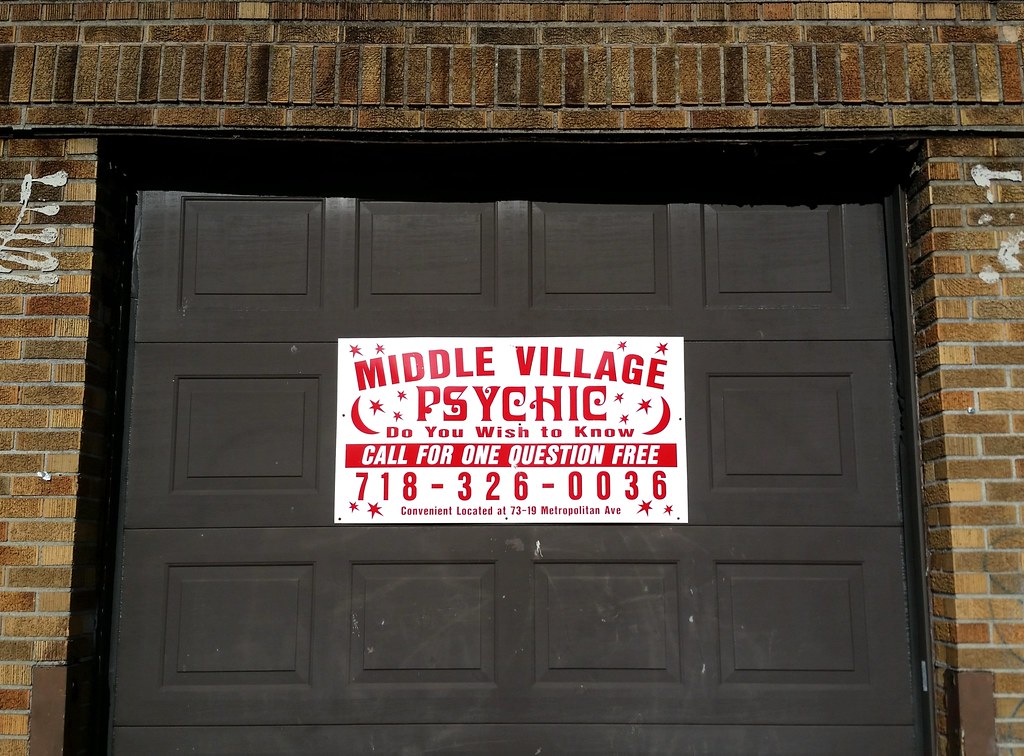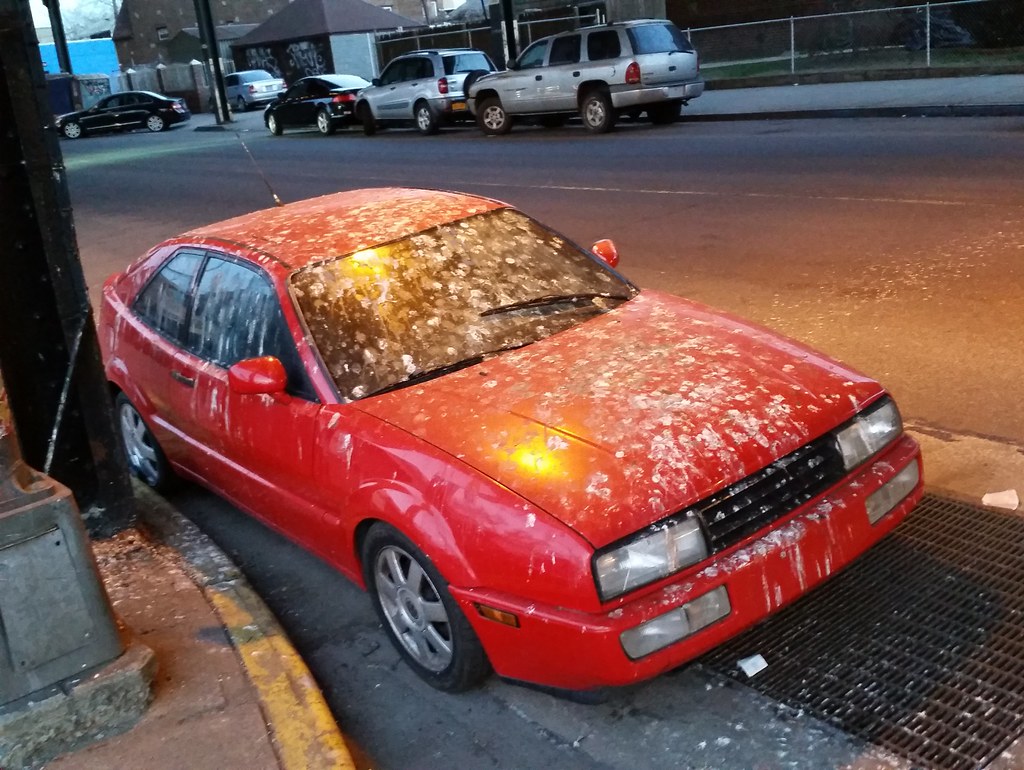
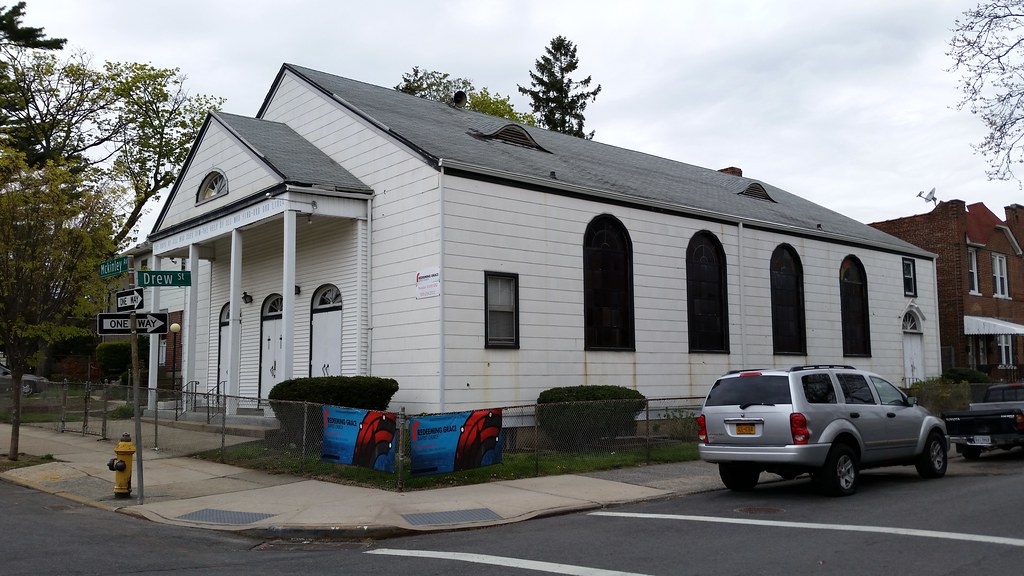
Dedicated in 1925, this building was originally, and until fairly recently, Euclid Baptist Church. The line of text atop the columns reads: "THE HOPE OF ALL WHO SEEK HIM – THE HELP OF ALL WHO FIND – OUR GOD LIVES".
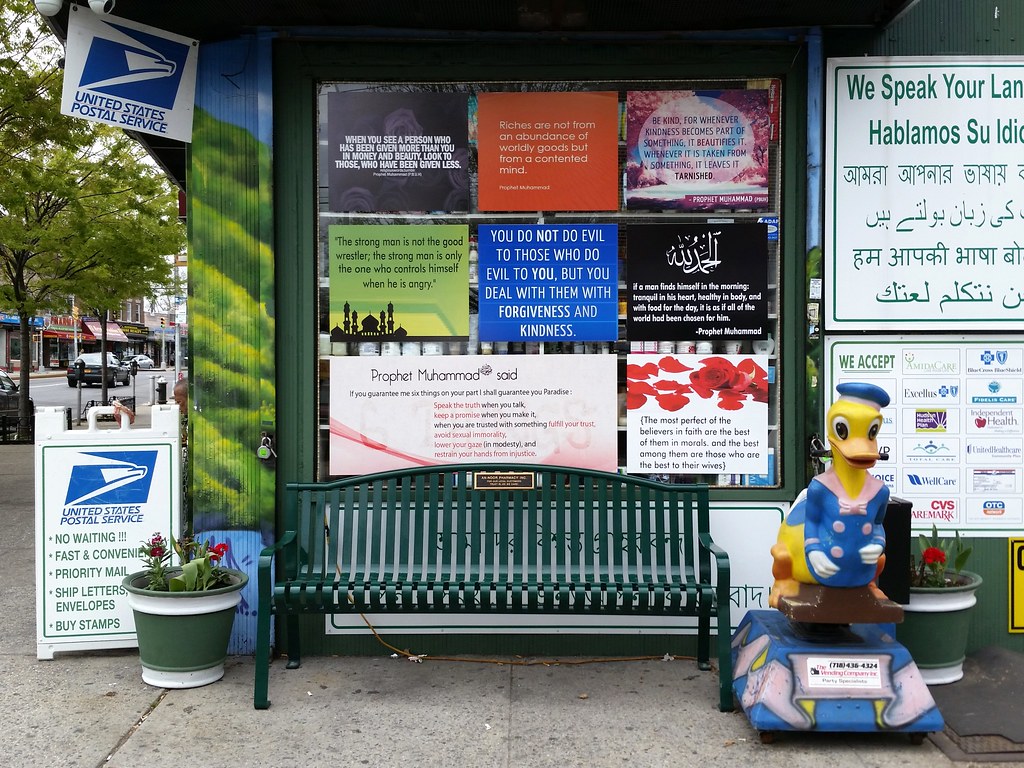
at An-Noor Pharmacy. Here's a closer look.
(The quote in the middle was not said by Muhammad, but was rather part of a description of him.)

Iglesia Bautista El Mesias, the former Temple Sons of Jacob

Wikipedia's opening paragraph about the book: "The 48 Laws of Power (1998) is the first book by American author Robert Greene. The book is a bestseller, selling over 1.2 million copies in the United States, and is popular with prison inmates and celebrities."
This particular copy looks like it was checked out from the Queens Library. The front cover notes that the book is "from the author of The Art of Seduction".

Dexter Park (more photos) was located on the north side of Jamaica Avenue here in Woodhaven, Queens, just east of the Brooklyn-Queens border. Many different sporting events took place at the park over the years, dating back to the 19th century, but it's best remembered as the home of the Bushwicks, a prominent semipro baseball team that played here from 1918 to 1951.
As the sign above indicates, many all-time greats from the major leagues and Negro leagues competed in exhibition games here against (and occasionally for) the Bushwicks. Dexter Park was among the first baseball stadiums in the country (though not the first, as is sometimes claimed) to install a permanent lighting system, allowing for night games to be played starting in 1930, five years before night baseball reached the major leagues.
The commemorative sign pictured above stands in the parking lot of a C-Town grocery store, but most of the park's former property is now occupied by modest brick row houses (aerial images: 1951, 2012). While no physical trace of the stadium remains, its name lives on in Dexter Court, the street that runs along what was once the western edge of the property.
The subway station over Jamaica Avenue in the photo above is the 75th Street–Elderts Lane stop on the Jamaica Line, served by the J and Z trains. The station's platforms, at their westernmost extent, reach just over the Brooklyn-Queens border, which runs along Eldert (without an "s") Lane at this point, making this one of only three stations in the system that span two boroughs. The others are Myrtle–Wyckoff Avenues and Halsey Street on the Canarsie Line (L train).
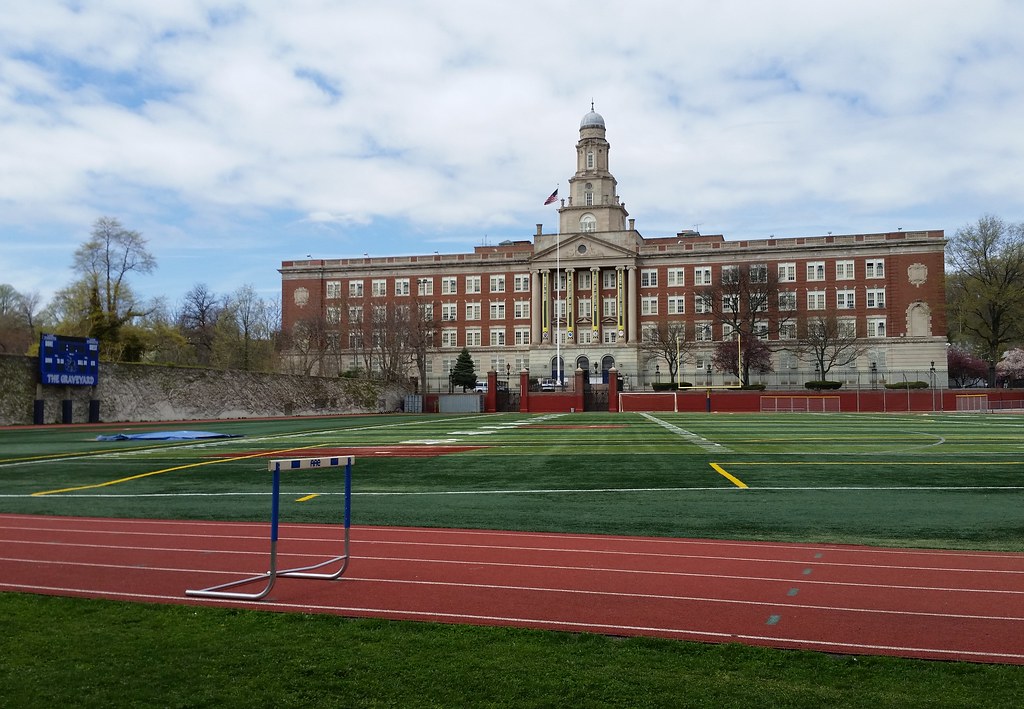
This building opened in 1937 as the new home of Franklin K. Lane High School. The vast majority of the school is located in Brooklyn, but the easternmost part of the building (at right, above) lies in Queens. According to the city Department of Education, it's the only two-borough high school site in NYC, although that's not true: John F. Kennedy High School sits on the Bronx/Manhattan border. If you zoom in on the scoreboard at left, you can see that the athletic field is apparently called "The Graveyard", undoubtedly a reference to the cemeteries that abut more than half of the school's perimeter (aerial view).
Notable Lane alumni include Red Holzman and Alfred Kazin (author of A Walker in the City), as well as drop-outs Richie Havens and John Gotti. Lane graduated its final class of seniors in 2012; like some other large, struggling high schools in the city, it has been phased out and replaced with a number of smaller schools that now occupy its former building.
But let's get to the important stuff. Here's a picture of one of the building's urinals. I found this photo at urinal.net, which is 1) a real site, and 2) even more wonderful than it sounds. Check it out if you're interested in perusing the "largest collection of urinal photographs ever assembled".

Xtreme Kurlz — located across the street from its sibling establishment, Xtreme Kutz.
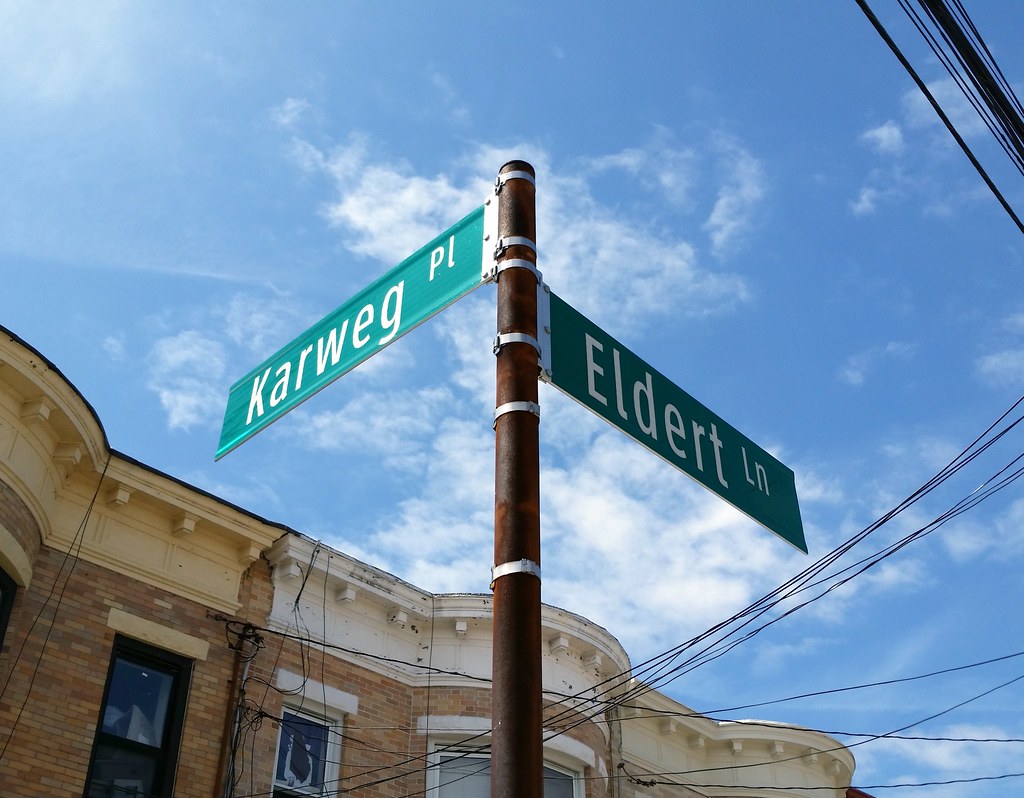
Formerly known as Liberty Street (or Liberty Place), this block-long roadway became Karweg Place in 1937. I suspect it was named for George H. Karweg, a local civic leader who died the year before.
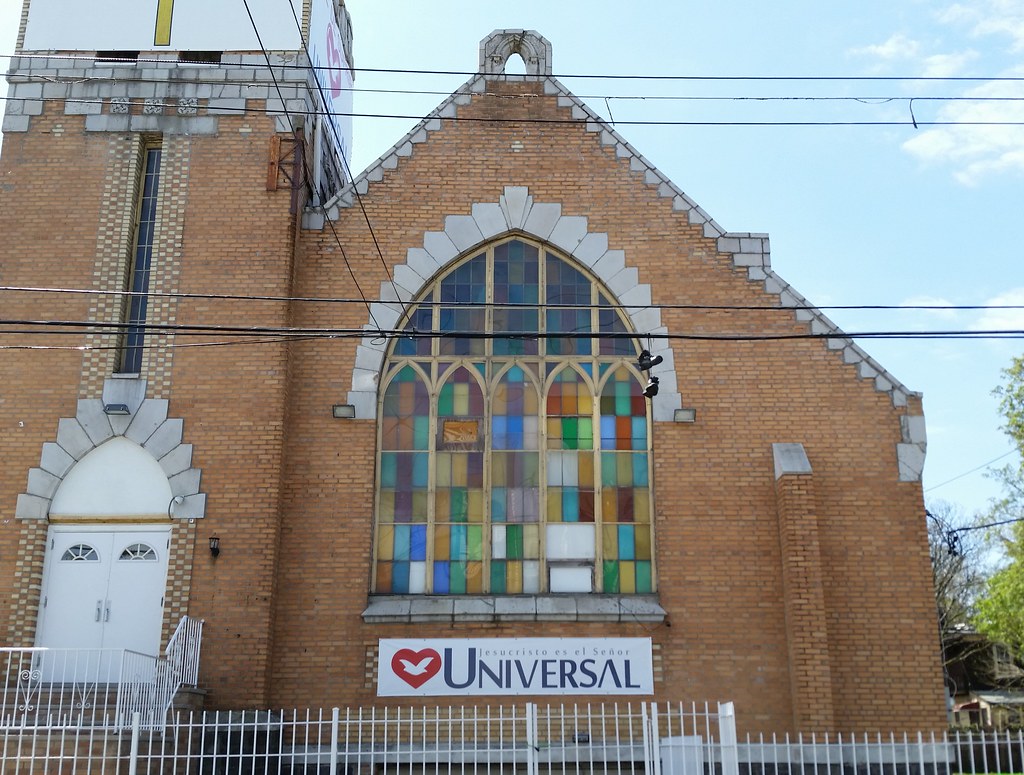
Completed in 1910, this was originally the United Presbyterian Church, known as the "Open Church". The Presbyterians held onto to the place for just over a century before selling it to the Universal Church in 2011.
In 1928, the Brooklyn Daily Eagle ran an article about a Tom Thumb wedding that was held here, saying "It is doubtful if so many 'notables' ever gathered under one roof as last night were 'seen' at the 'wedding' of 'Jennie June' and 'Tom Thumb.' "
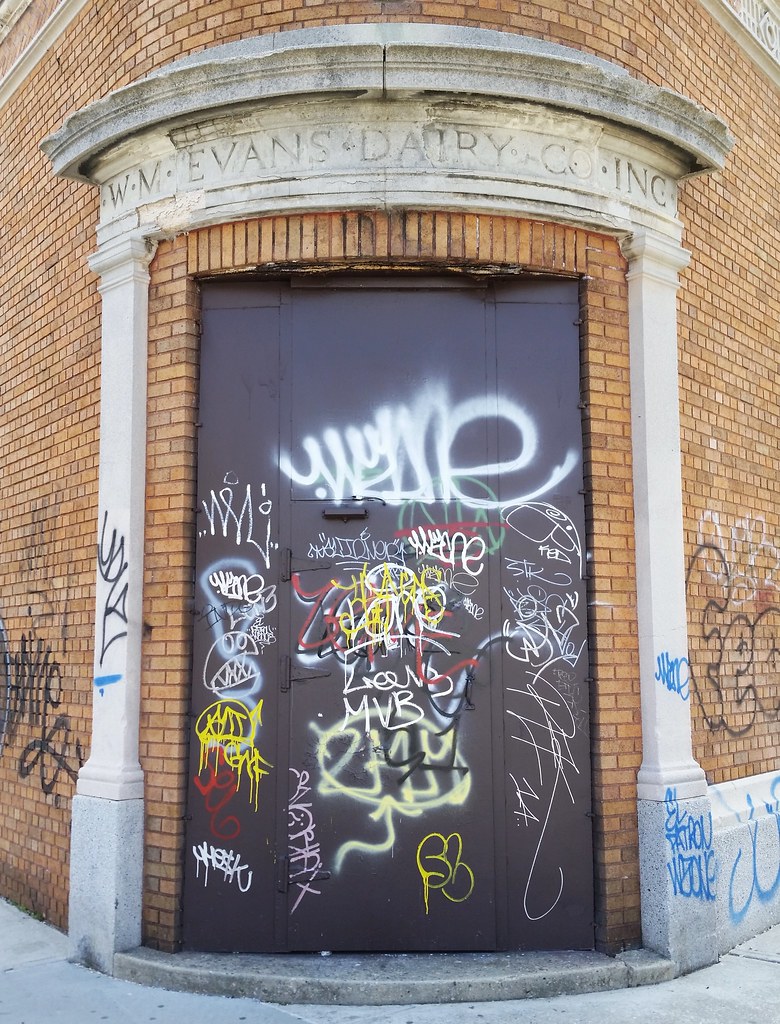
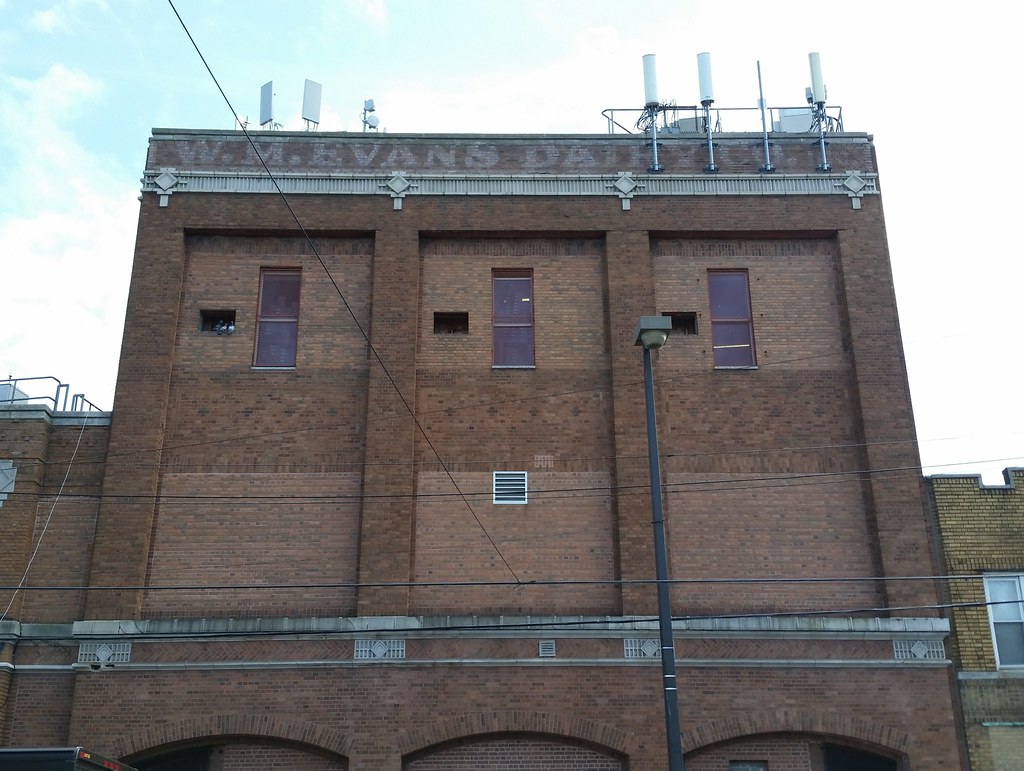
Here at the very edge of Brooklyn (Street View) stands what was once a milk pasteurization plant owned by the W. M. Evans Dairy Company. When Evans took over the property around 1927, the three-story building in the lower photo above already existed; it had been erected in the mid-1910s for the Rusch family's Premium Dairy Company and was "the only milk plant that positively produced uniformly pasteurized milk without the process of baking the same, a condition sometimes occurring in other establishments using the old methods of pasteurizing milk", according to a rather glowing mini-biography of the building's architect, Theobald M. Engelhardt, in a 1917 book about prominent German-American families.
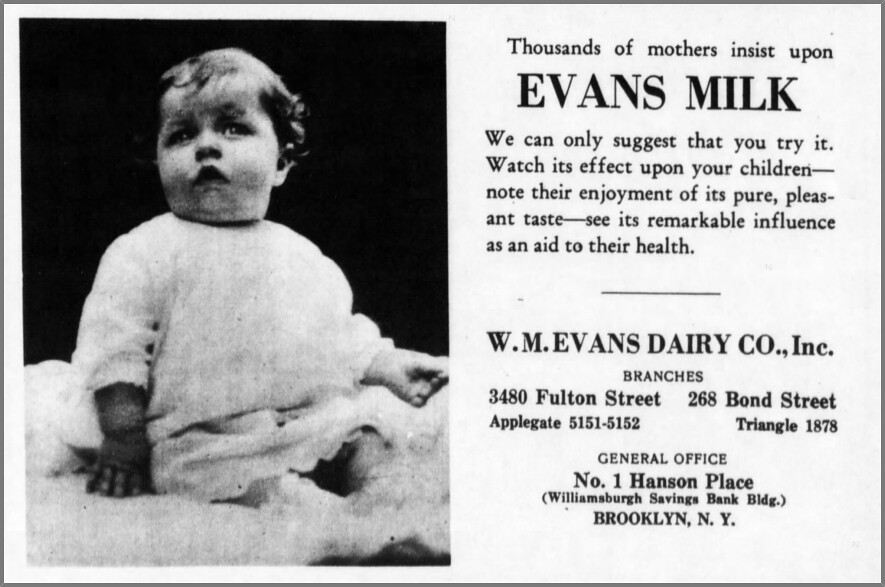

Looking closely at the spray-painted awning, you can make out the name of a house of worship: Noah's Ark Christian Church. Meanwhile, a glance up at the faded sign near the top of the facade reveals the name of a previous occupant of the building: Hide-a-way. My best guess is that the Hide-a-way was a bar, based on both its name and the fact that an entity called "91-01 76th Street Tavern Corp." owned the building from 1981 to 1985.
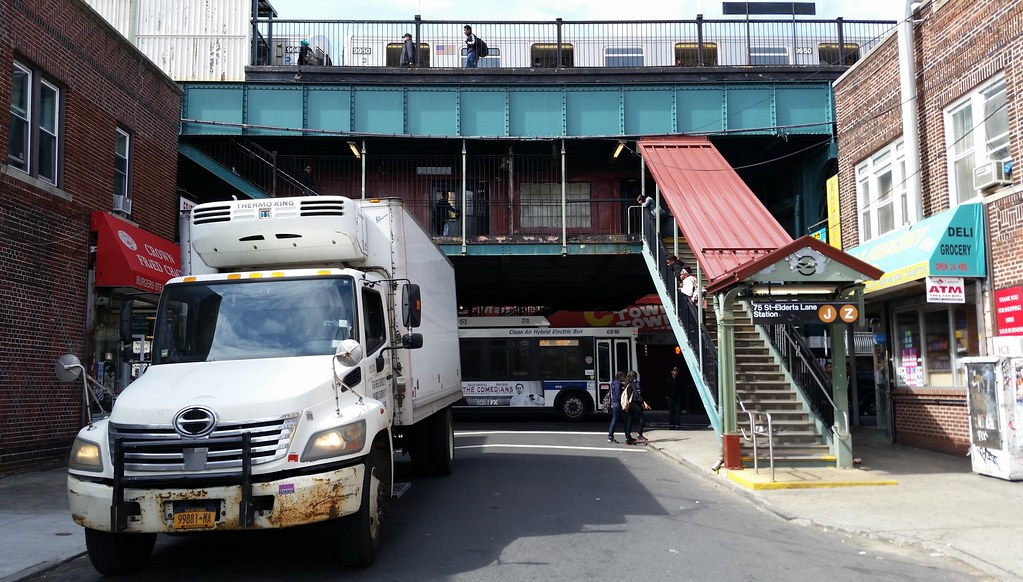
J train, Q56 bus, truck, foot
(Here we are again at 75th Street–Elderts Lane, one of the city's three bi-county subway stations.)

This bandshell in Forest Park is named for George Seuffert Sr., who "became a music teacher and concert violinist before establishing the Concordia Military Band in 1894, later becoming the Seuffert Band. They performed on a bandstand on this spot until 1920, when the bandshell was built to replace it."
George Seuffert Jr. took over the role of bandleader from his father in 1931 at the age of 19. For decades before his death in 1995, he and the band regularly gave free summer concerts here at the bandshell.
George Jr. also served as the music consultant to five mayors, from Lindsay to Giuliani. In addition to organizing the city's free music programs, he "reportedly knew all the world’s national anthems, and was responsible for performing them at diplomatic functions for the city." He earned a salary of $1 per year in this position, but he never bothered to collect his paychecks. In 1994, to rectify the situation, Mayor Giuliani ceremoniously presented him with a check for $29 — 29 years' worth of back pay.

Constructed in 1905 as the clubhouse for the Forest Park golf course, Oak Ridge is now home to the park's administrative headquarters, the Queens Council for the Arts, and a community center.
(We saw this building from the other side a couple of years ago.)
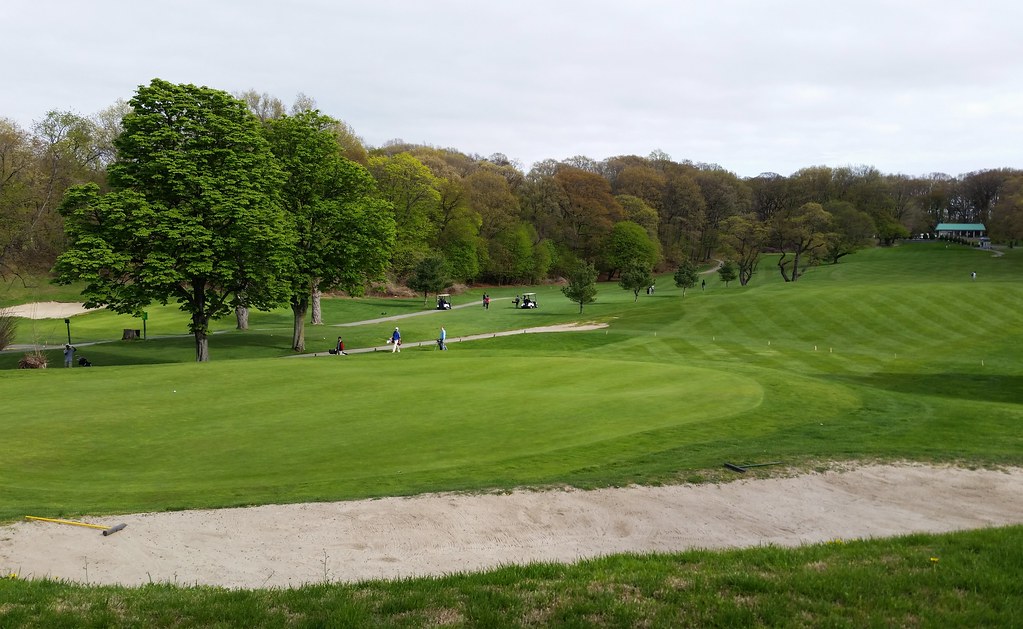
This course opened with 9 holes in 1901 and expanded to 18 in 1905. One online reviewer says that the current clubhouse "is reminiscent of a muffler shop you might have passed on the Jackie Robinson Parkway on your way in" — quite a contrast to the former clubhouse we just saw.
Editor's note: The Jackie Robinson Parkway is not a good route for spotting muffler shops. The vast majority of the road is surrounded by cemeteries and parks, and the remainder passes through residential areas.
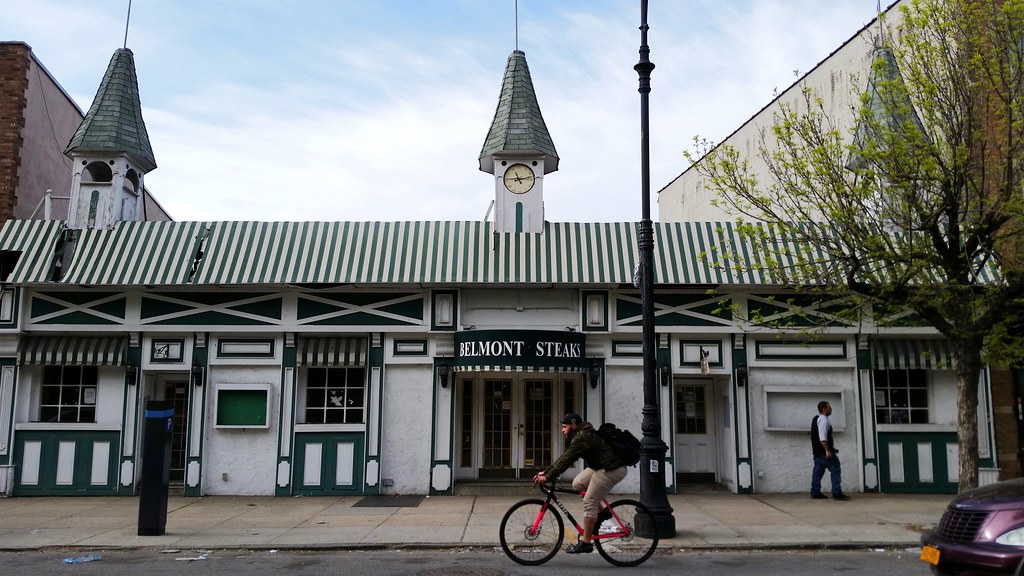
As Kevin Walsh of Forgotten New York points out, this restaurant may have been named for the Belmont Stakes, but its spires seem intended to evoke the grandstand at Churchill Downs, home of the Kentucky Derby.
In comparison to the nearby Glendale Diner, the Village Voice described Belmont Steaks in 2003 as "a costlier, fourtysomething divorcée-magnet". The place has apparently been closed since 2012; perhaps there weren't enough fourtysomething [sic] divorcées in the neighborhood to keep it afloat.

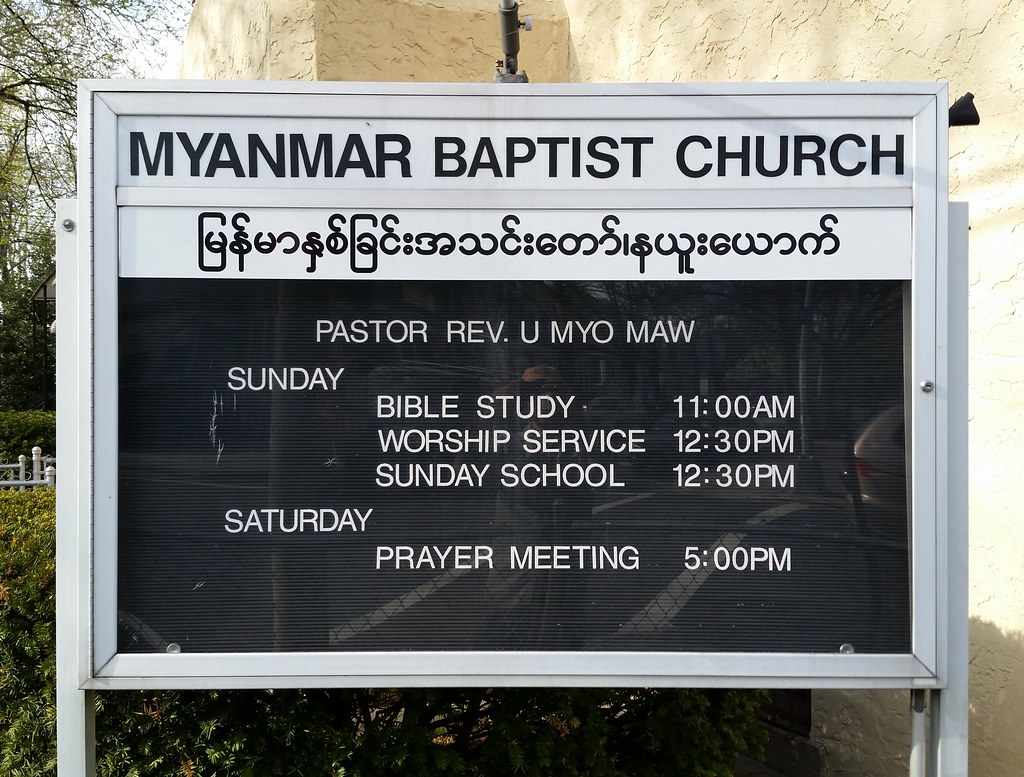
This building was dedicated in 1929 as the home of Glendale Baptist Church. It now belongs to Myanmar Baptist Church, the city's only Burmese church. The church puts on a popular annual "Fun Fair", which is primarily a Burmese food festival.
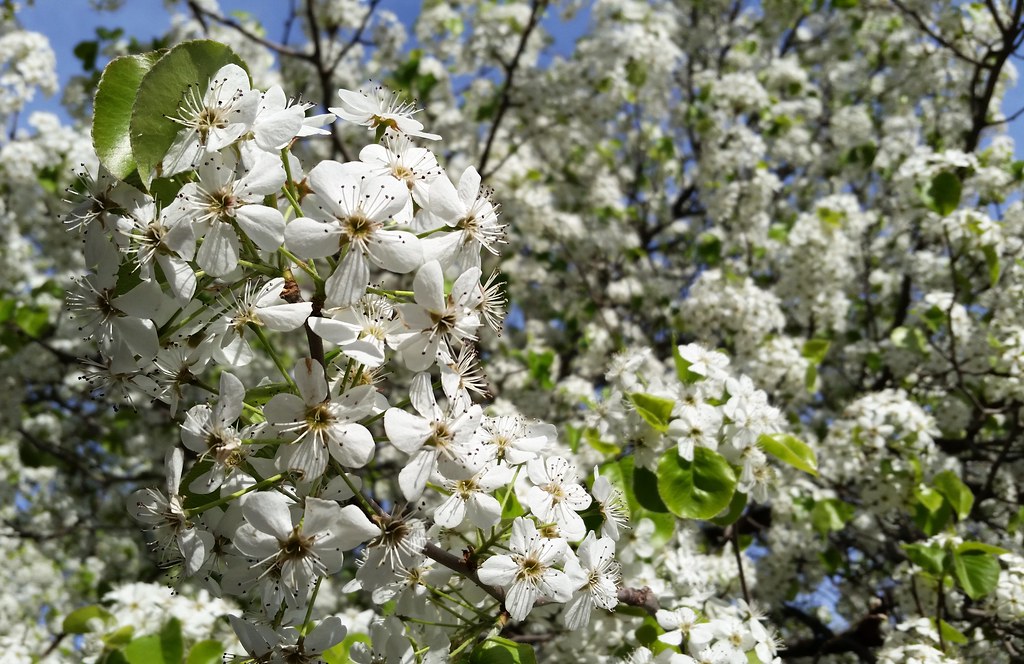
I've never noticed a particularly strong odor emanating from Callery pear flowers, but many people apparently find their scent unbearable. (See, for example, this article entitled "Meet the tree that's making your neighborhood smell like Semenville, USA".)
Smells aside, perhaps the noblest of all the city's Callery pears is the 9/11 "Survivor Tree". After 9/11, it was "the last living thing to come out of the rubble of ground zero — a charred stump that, to an untrained eye, looked dead." The tree was taken to a nursery in Van Cortlandt Park in the Bronx to recuperate. After almost a decade there, having returned to excellent health (and having survived another brutal assault — by Mother Nature this time), it was moved back to the World Trade Center, where it now stands amid a grove of swamp white oak trees at the National September 11 Memorial plaza.

In 1966, this glacial kettle pond was drained and turned into a pair of baseball fields. The fields proved to be largely unusable due to frequent flooding, however, and the city eventually surrendered and restored the site as a pond.
According to a sign I saw, this glacial kettle pond "was drained and made into ballfields in 1966. However, frequent flooding made the fields unusable. So, in 1995, former Parks Commissioner Henry J. Stern, after observing mallards in left field, proclaimed the site 'for the ducks' and authorized the restoration" of the pond.
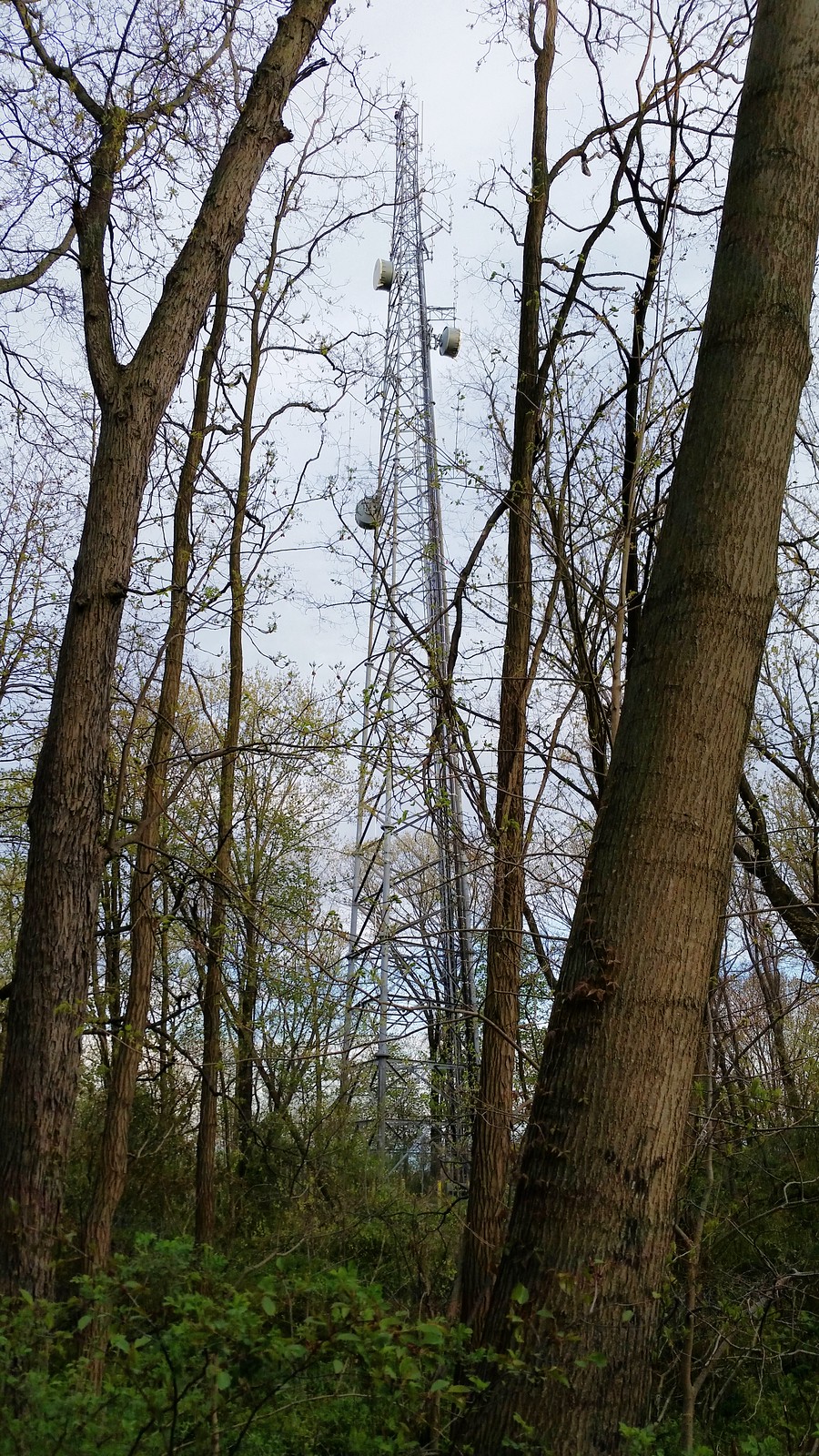
This is the radio tower that stands behind the FDNY's Queens dispatch office.
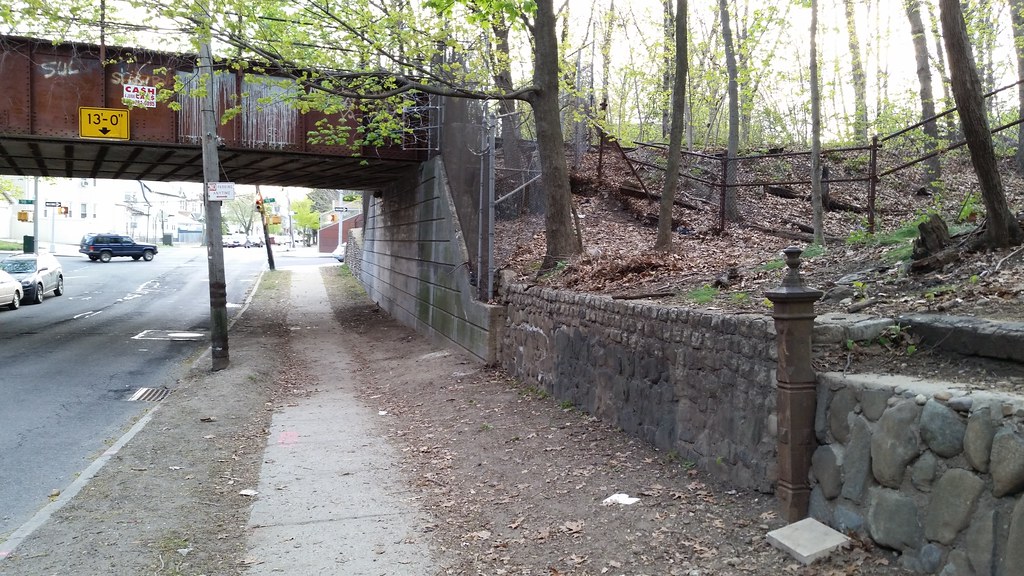
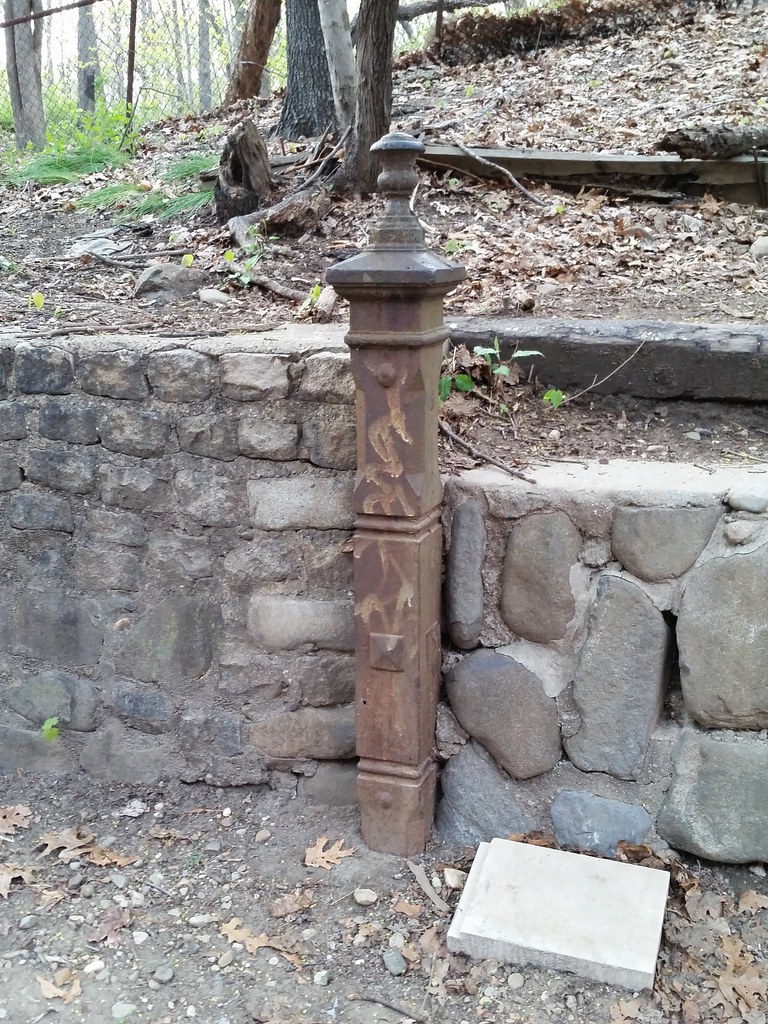
This ornate metal pillar (an old fence post?) separates two distinct sections of stone wall (Street View) at the southern edge of Forest Park, beside the abandoned Rockaway Beach Branch.
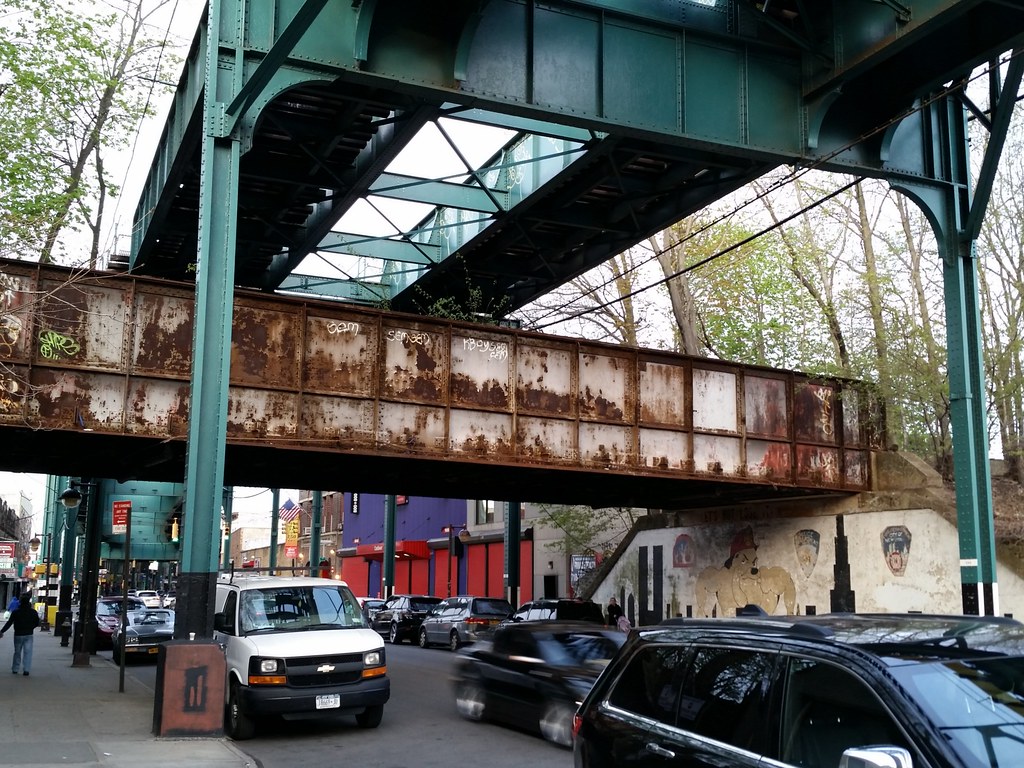
From top to bottom: the Jamaica Line, the defunct Rockaway Beach Branch, and Jamaica Avenue. That's the cryptic "LET'S NOT LOSE IT!" mural at right.

Tadeusz Kościuszko and Kazimierz Pułaski were Polish military commanders who fought on the American side in the Revolutionary War. Here in New York, their names can be found on neighboring bridges over Newtown Creek, neighboring streets in Bedford-Stuyvesant, and neighboring mustard jars in a Polish grocery store in Woodhaven.


It's only rarely that I come across a surviving street sign from the days when each borough had its own color scheme, before white-on-green became the citywide standard. But what makes this sign particularly odd is that it actually appears to be two signs — one old and one new — mounted side-by-side on the same pole. And, even weirder, it looks like the old sign is the more recent addition. This 2009 Street View image shows a white-on-green sign where we now see the blue-on-white one.
It turns out that the older-looking sign was one of several that were stuck onto existing white-on-green signs in 2011 for the filming of a chase scene in Men in Black 3. The scene took place in 1969, hence the attempt to replicate the appearance of that era's street signs. While I imagine that the city must be pretty strict about requiring any altered street signs to be restored after a movie shoot, the Jamaica Ave sign above was not the only one left in place by the film crew.
I don't know if any footage of this area made it into the final cut, but you can see some shots from farther east on Jamaica Avenue, near 113th Street, in this video about the chase scene. (These signs are visible around 0:22, and these are easily spotted at about 0:25.) In case you're wondering about the geography of the chase: They start out in Flushing Meadows Park. After hanging a right at the Unisphere, they're in Downtown Brooklyn all of a sudden. They pass Borough Hall, then turn and somehow end up on Jamaica Avenue, beneath the elevated subway tracks.









